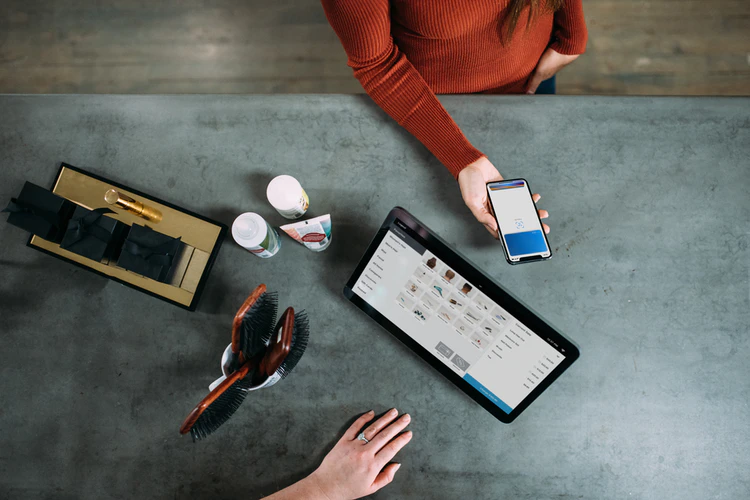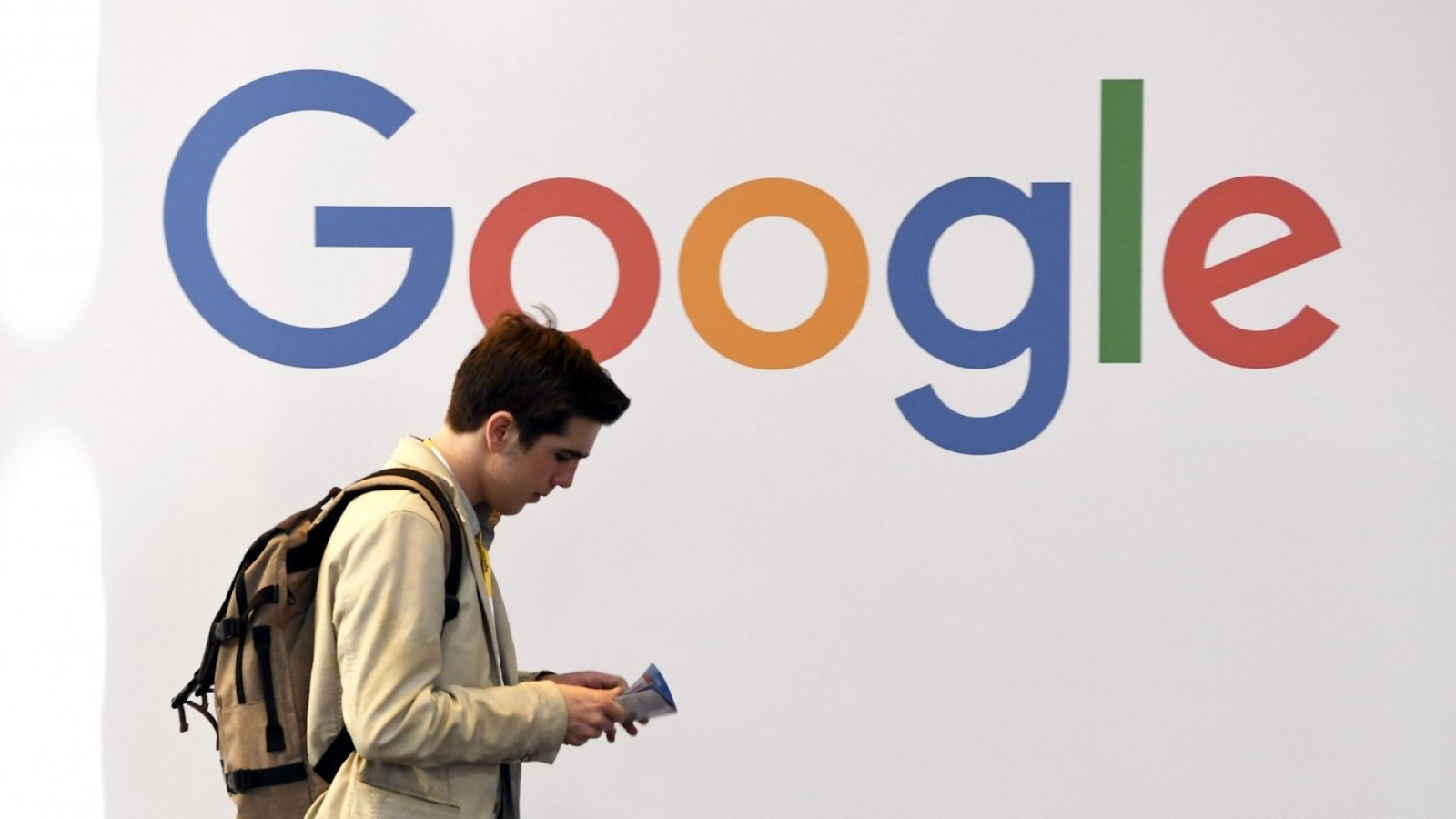A couple of leading organizations are innovating a superior methodology that receives full advantage of the abundance of accessible information. Today, organizations can regularly, legitimately, and seamlessly gather smartphone and interaction information from their client, financial, and operations frameworks, yielding profound bits of knowledge about their clients. Those with broadened vision are boosting their information and analytics abilities, as well as harnessing predictive customer experience insights to connect more closely with their customers, predict behaviors, and recognize customer experience insights and real-time opportunities. These businesses can be more ready to understand their connections with clients and even acquire issues in client journeys.
Their customers are receiving rewards: think speedy compensation for a flight delay, or effort from an insurance agency when a patient is experiencing difficulty dealing with an issue. These advantages extend far beyond individuals regularly considered as “customers”— to members, clients, patients, visitors, and go-betweens. Early movers in the etiquette of customer experience analytics deliver a message with a major move in how businesses assess and shape customer experience bits of knowledge.

Businesses of all stripes have put intensely in tools and technological advancements to assist them with understanding their customers more profoundly. Such things would also acquire the benefits of prevalent customer experience (CX). However as leaders put an effort to shape a more complete image of client preferences and behaviors, they keep on depending on aging survey-based estimation frameworks that for quite a long time have shaped the foundation of CX endeavors.
Businesses utilize these frameworks to follow CX performance through brand or relationship studies, “close the loop” on customer feedback by means of post-exchange reviews and even plot strategic moves by attempting to mine the feedback from their regular surveys every time. The whole team devote themselves to managing surveys and boosting reaction rates — and the resulting measurements can shape everything from employee rewards and executive compensation to strategic investment choices.
Table of Contents
What are customer experience insights?
Customer experience insights, also called consumer insight, are the agreement and understanding of client information, practices, and criticism into ends that can improve item advancement and client assistance. Experiences are the significant inspirations driving clients’ needs and needs that can be utilized to grow highlights, grow new items, and make customer benefits. Gathering client bits of knowledge endeavors to adjust clients’ requirements to an organization’s business objectives.
The old method of customer experience research
While surveys themselves are a valid method for customer experience research, they fall short as a management tool for estimating CX performance, distinguishing and following up on customer experience insights. For businesses to lead from a customer-centric position, they progressively need a complete perspective of the full customer journey, just as the ability to acquire deep, granular insight on the thing is driving customer experience.
They need immediate and individual signals to make a move “at the time” and to make significant experiences for every customer, and they need to illustrate that the experience enhancements they might want to put resources into will bring about positive ROI. Survey-based systems have four significant flaws that make those basic tasks almost impossible:
- Limited: The common customer experience insights study samples just 7% of an organization’s customers, giving an incredibly limited perspective on what clients experience and value. In fact, just 13% of the customer experience leaders studied communicated full certainty that their CX metric system gives a representative perspective on their customer base.
- Reactive: Surveys are a backward-looking device in our current world where clients anticipate that their concerns should be settled increasingly rapidly. Almost 66% of respondents positioned the ability to follow up on customer experience issues in near real-time as among their best three priorities, yet just 13% of leaders displayed certainty that their businesses could accomplish this level of rapid knowledge through existing systems.
- Ambiguous: Surveys often fail to reveal the root causes of customer sentiment. In fact, scores can vary based on many outside factors, including geographical bias and industry shocks, making it difficult to perform reliable root-cause analysis using surveys alone. Only 16 percent of CX leaders said that surveys provide them with granular-enough data to address the root causes of CX performance.
- Unfocused: As one leader at an enormous financial – services company put it, “The relationship between survey-based scores and business results is not surely understood, and, therefore, numerous pieces of the businesses essentially claim a business impact from their customer experience insights with no genuine evidence.” Several businesses have recently experienced harsh feedback for putting together speculation choices with respect to a survey-based score alone. Surprisingly, of the CX leaders we examined, just 4% said that their systems allow them to calculate the ROI of CX decisions.

Customer experience future trends and insights
Insights
There are various sorts of client drifts that associations should focus on as they hope to incentivize their customers. Here are a couple of experiences that are amazingly reminiscent of clients’ inclinations and practices to guide you:
#1. Sales trends
Sales trends allude to deals-related data that help you make exciting deals and advertising systems for your business. As clients connect with your business, they will commonly make deal requests that indicate their inclinations or requirements. You can sort the information out to make a robust deals system.
#2. Process data or product
This sort of customer insight assumes a significant part in item advancement with the goal that you can enhance the highlights and functionalities of your item utilizing important information. Obviously, as a business, you should endeavor to give a smooth and issue-free item or administration encounters to their clients. However, without customer insight, this is almost unthinkable.
#3. Feedback
Feedback, regardless of whether positive or negative, is vital for your business as this permits you to know whether your customers are fulfilled or disappointed with your item or administration. Input assumes a significant part in associations, including assisting organizations with improving client encounters and setting up commonly valuable connections.
#4. Socio-demographics
Socio-demographic data coming about because of clients’ interactions with various brand touchpoints helps you profile your customers precisely and place them into exact client portions. These informational indexes would respond to questions like: “What age bunches do my item appeal to?” “What sort of individuals utilize my item?”.
#5. Personal interests and lifestyles
Gathering data on your clients’ interests and ways of life is significant because it permits you to adjust your image to their inclinations. With these snippets of data, you can do a business that reverberates with the interests of your intended interest group and transform them into long-lasting supporters for your image.
Future trends
Since review-based systems for ubiquitous, the universe of insight generation has transformed through impressive advances in the ability to create, aggregate, and analyze information. Businesses recently approach a wide array of informational sets: internal information on client businesses (both advanced and simple), transactions, and profiles; broadly accessible third-party data collections that cover customer attitudes, buy practices and preferences, and digital practices, including web-based media movement; and new informational sets on customer health, sentiment, and position (in stores, for instance) created by the Internet of Things (IoT).
Other business disciplines, including marketing and income management, have effectively changed through the collection and analysis of these immense informational sets. The differentiation is unmistakable: Why utilize a study to get some information about their customer interactions, when information about customers connections can be utilized to anticipate both fulfillment, and the likelihood that a customer will stay loyal, jolt, or even increase business?
The recent shift towards customer experience insights

Customers are essentially downsizing their spending across practically all categories, expecting tougher occasions ahead. This tendency is probably going to proceed. As the emergency peaked across Western economies, more than 33% of Europeans and Americans said their income has been negatively influenced by COVID-19.
Truth be told, one-half revealed lessening their spending in the previous fourteen days, and 40 percent of Americans and 44 percent of Europeans hope to continue spending less in the following fourteen days. In general, spending is relied upon to diminish by 50% across all buyer categories, yet certain shelter-in-place set up necessities will rise: groceries (up 14%), entertainment (up 13%), and household supplies (up 3%).
China, which is half a month ahead of different nations in the COVID-19 emergency, still can not seem to see consumer spending return to business as usual. McKinsey’s research discovered discretionary spending has fallen 30 to 60 percent, and retail exchanges have dropped by 20 to 50 percent. These developments are joined by diminished people walking through in retail outlets and an increased reliance on convenience-centered advanced digital channels.
Increasing access to online channels
While financial adaptability might be progressively restricted, numerous customers currently face an overflow of time. Shelter-in-place requirements have animated record-high engagement for online and digital platforms, and customers are rapidly replacing or supplementing physical and in-person exercises with digital counterparts.
Customers are investing fundamentally more energy on the web: almost 50% of purchasers have begun or expanded the internet online since the beginning of the pandemic. Simultaneously, interest for information and transfer speed have spiked; in fact, a new audit of web investigation uncovers a fourfold expansion in Google looks for “information plan upgrade.”

CX tools for the new normal post covid-19
Since the world has endured a long time of Covid-19, it is obvious that customer experience insights have quickly moved, with the vast majority putting more worth on reducing their well-being and financial dangers. Simultaneously, they alleviate their tension, keep a feeling of the local area and have a place. To stay aware of these developing needs at a fair degree of explicitness, organizations are utilizing sensing tools to listen to and track their clients.
Therefore, tools in the “sense” category show the most grounded connection between appropriation and financial performance. The Covid set topographical and direct examples in motion also. For example, metropolitan focuses have lost an enormous volume of office laborers and inhabitants who may not return at past levels, so pedestrian activity could stay low at retail locations in those areas. Meanwhile, online exploration and looking for some, items have taken off.

This move from physical to digital, alongside vulnerabilities about when physical deals may skip back, raises the significance for retailers getting traffic and behavioral information rapidly through in-store sensors and online trackers. Retailers and other direct-to-customer organizations will likewise profit from a scope of devices that help improve the at-home insight.
A merchant in Europe, for example, truly estimated exchanges, yet not usage occasions. Recently it is attempting to figure out which segment of customers will purchase more pizza on the shelf to cook at home or get back to take-out pizza parlors. In the US, a huge retailer set up an information choice help center to follow patterns at a state level, utilizing inward and outer information. That hub has effectively informative revisions regarding operational and practical designs for 2021.
Simultaneously, the organizational interruption brought about by lockdowns favors digital devices like work process mechanization, chatbots or voice bots, and self-administration entrances. Insurance agency Suncorp in Australia automated processes recently moved to India, after the outsourcers’ representatives needed to shield at home while lacking adequate digital connections and equipment.
By necessity, consumer protection from bots and webchat has somewhat facilitated during the pandemic, and conversational specialists, which mimic voice or test discussions with clients, are on the ascent. At Northwell Health in the US, a substantial convergence of Covid-19 patients made an accumulation of call-focus questions. Northwell carried out a chatbot to analyze patients and allude them to testing when vital, and afterward to push out lab results. By decreasing patients’ pausing and nervousness, bots along these lines improved the experience.

While speeding up digital tools — regardless of whether preparing administration groups to work essentially, or putting resources into bots, or fitting items to new customer segments — companies should remember a few standards:
- Ensure the new channel works a long time prior to stopping the old one.
- Lean heavily on in-market tests. An insurer wanting to dispatch utilization-based auto approaches should test seriously, among segment gatherings and by area, as opposed to the expectation that the new spike popularity will last.
- Emphasize adaptability over efficiency with IT frameworks. Progress from solid IT platforms to microservice, API-led (application programming interface) platforms, which can undoubtedly accommodate new tools darted on.
The necessity of anticipation
The expansion of digital additionally implies that organizations will have more powerful information readily available. This is the ideal opportunity to take interest in the information, innovation, and systems needed to convey uncommon experiences in a quickly evolving climate. These speculations should plan to expect and foresee customer feeling and client esteem. This regularly implies being more proactive and reacting progressively, expecting businesses to harness information and examination tools that can extract immediate customer-experience bits of knowledge and overcome the short-sighted and reactive nature of surveys.
One aircraft, for instance, built up an information-driven system utilizing AI to anticipate and follow up on consumer loyalty and income execution. The predictive understanding from the system permits a wide scope of utilization cases, from close continuous execution estimation to key arranging, to proactive commitment methodologies like personalization and “surprise and delight” programs.
An early application permitted the group to react to postponements and abrogations all the more successfully. By acting based on anticipated client notion and results, the airline had the option to more effectively focus its work around customers that were most in danger of abandoning and accomplishing an 800 percent ascend in consumer loyalty and an almost 60 percent decline to churn.

Interests in these kinds of complete, predictive, information-driven systems could permit businesses to assemble understanding and react all the more rapidly to customers’ needs during emergencies. Businesses that catch all customer information, not only that of study participants, will acquire a more correct perspective on customer needs and assumptions. With these bits of knowledge, they can give more significant interventions to maintain and construct customer confidence while expanding customer lifetime worth and diminishing expense to serve.
Final thought
The following normal will be anything other than static. The customer experience insights are evolving as time passes, so businesses cannot “set it and forget it” and still hope to stick out. Instead, executives ought to reliably screen business patterns—what is developing, deteriorating, and declining—against their present business procedures to distinguish new open doors in the quick gas pedal and potential-to-stick quadrants.
To react rapidly to a continually changing environment, businesses should have an expansive base of representatives that realize how to relate to the client, apply client bits of knowledge, and upgrade the experience through computerized greatness and contactless commitment. More than ever before, this is the ideal opportunity for associations to put resources into building these abilities and exploiting all advanced learning tools that are presently accessible to us.
Companies that survey the computerized portfolio, map out center cooperations on the value chain, and spotlight key customer experience insights will be all around situated to satisfy customers regardless of how assumptions and preferences evolve.











